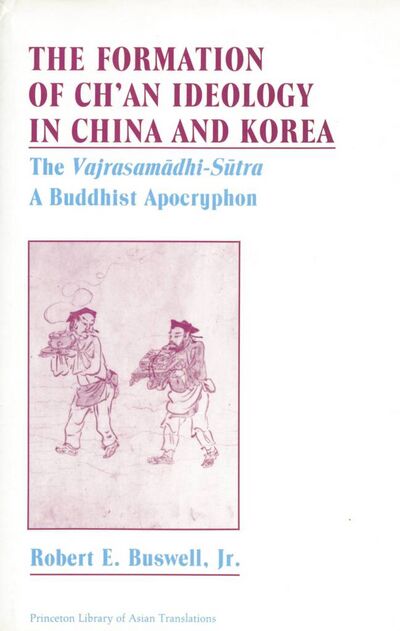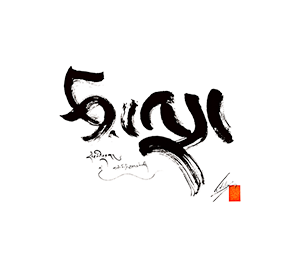- List o fIllustrationsix
- List of Tablesxi
- Prefacexiii
- Abbreviations and Conventionsxvii
PART ONE: STUDY
- Chapter One: The Vajrasamādhi-Sūtra as an Apocryphal Scripture3
- Problems and Prospects of Studying the Vajrasamādhi-Sūtra4
- The Eclecticism of the Vajrasamādhi24
- The Model for the Vajrasamādhi's Narrative Structure29
- The Vajrasamādhi in the Chinese Catalogues33
- Chapter Two: The Hagiographies of the Korean Scholiast Wǒnhyo: The Dating
and Provenance of the Vajrasamādhi41- The Sung Kao-seng chuan Hagiography and the Provenance of the
Vajrasamādhi43 - The Samguk Yusa Hagiography and the Dating of the Vajrasamādhi 60
- The Sung Kao-seng chuan Hagiography and the Provenance of the
- Chapter Three: The Doctrinal Teachings of the Vajrasamādhi74
- The Acculturation of Buddhism to East Asia74
- Tathāgatagarbha and the Immanence of Enlightenment78
- Amalavijñāna and the Innate Purity of Mind92
- The Meaning of "Vajrasamādhi": The Practical Implications of Innate Enlightenment104
- The Vajrasamādhi's Message to Silla Buddhists115
- Chapter Four: Ch'an Elements in the Vajrasamādhi: Evidence for the Authorship
of the Sūtra123- Ch'an Influences in the Vajrasamādhi123
- Early Korean Sǒn and the Legend of Pǒmnang164
- The Authorship Problem170
- The Legacy of the Vajrasamādhi177
- The Place of the Vajrasamādhi in the Evolution of Ch'an179
PART TWO: TRANSLATION
- The Vajrasamādhi-Sūtra (Book of Adamantine Absorption)184
- Chapter One: Prologue185
- Chapter Two: The Signless Dharma188
- Chapter Three: The Practice of Nonproduction196
- Chapter Four: The Inspiration of Original Enlightenment202
- Chapter Five: Approaching the Edge of Reality211
- Chapter Six: The Voidness of the True Nature224
- Chapter Seven: The Tathāgatagarbha232
- Chapter Eight: Dhāraṇī (Codes)240
- Epilogue249
- Glossary of Chinese Logographs252
- Works Cited265
- Index293


